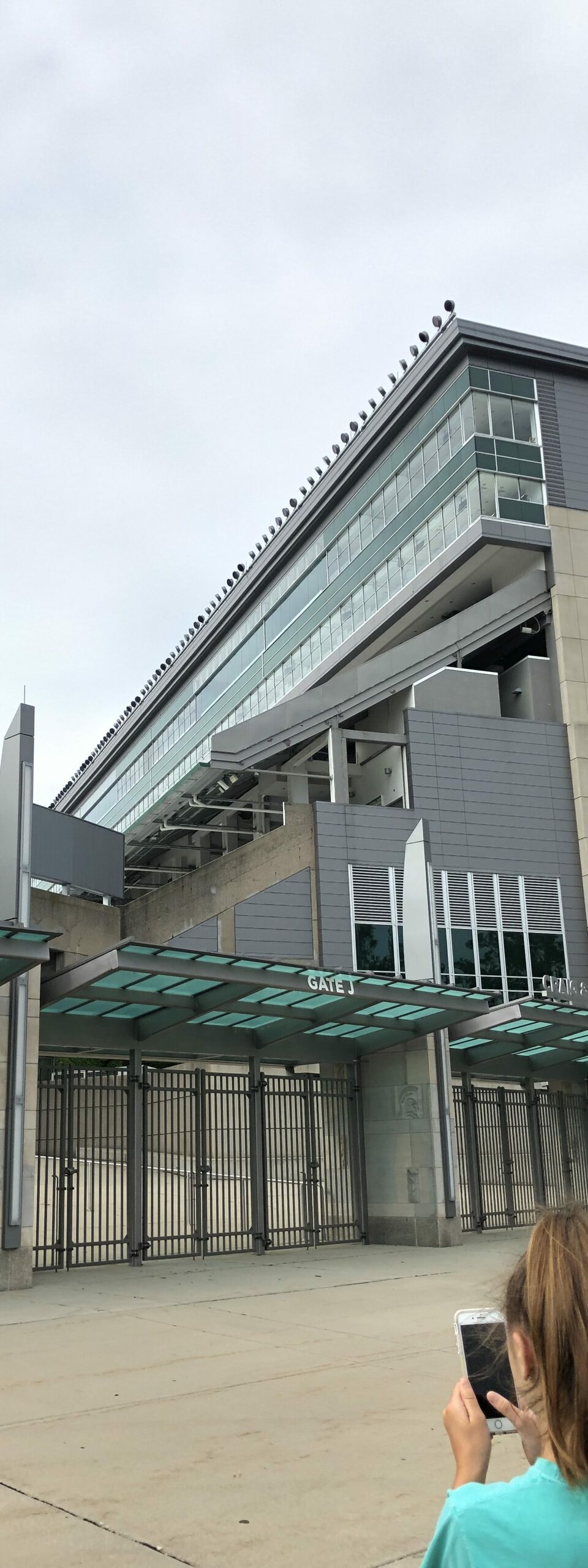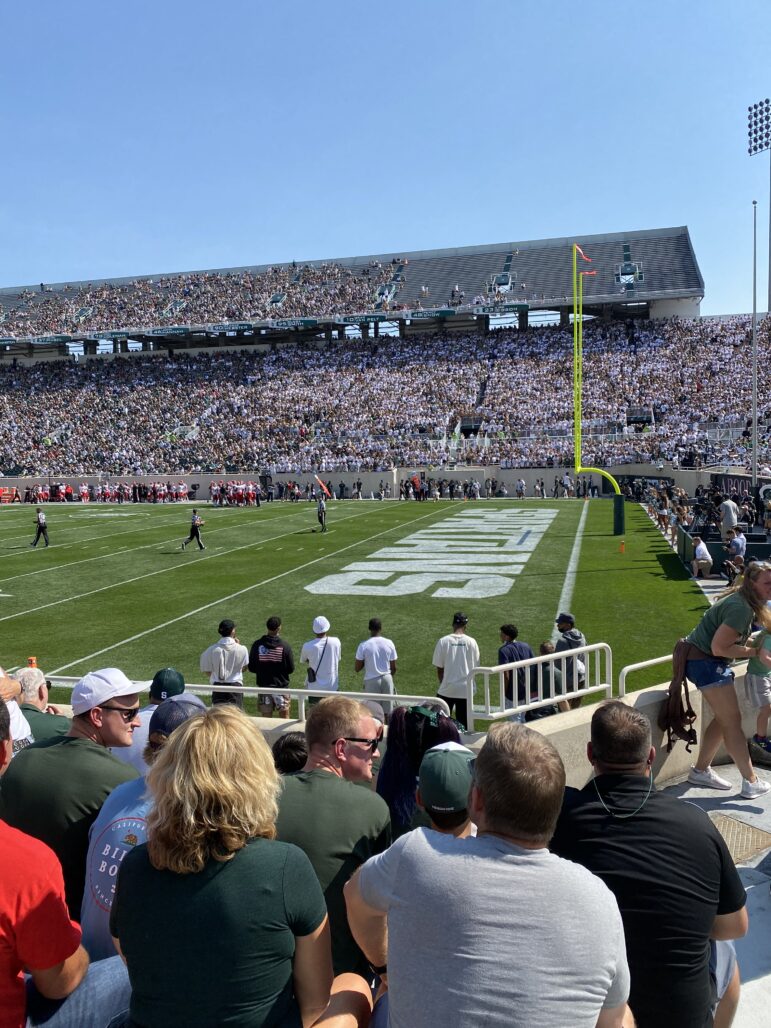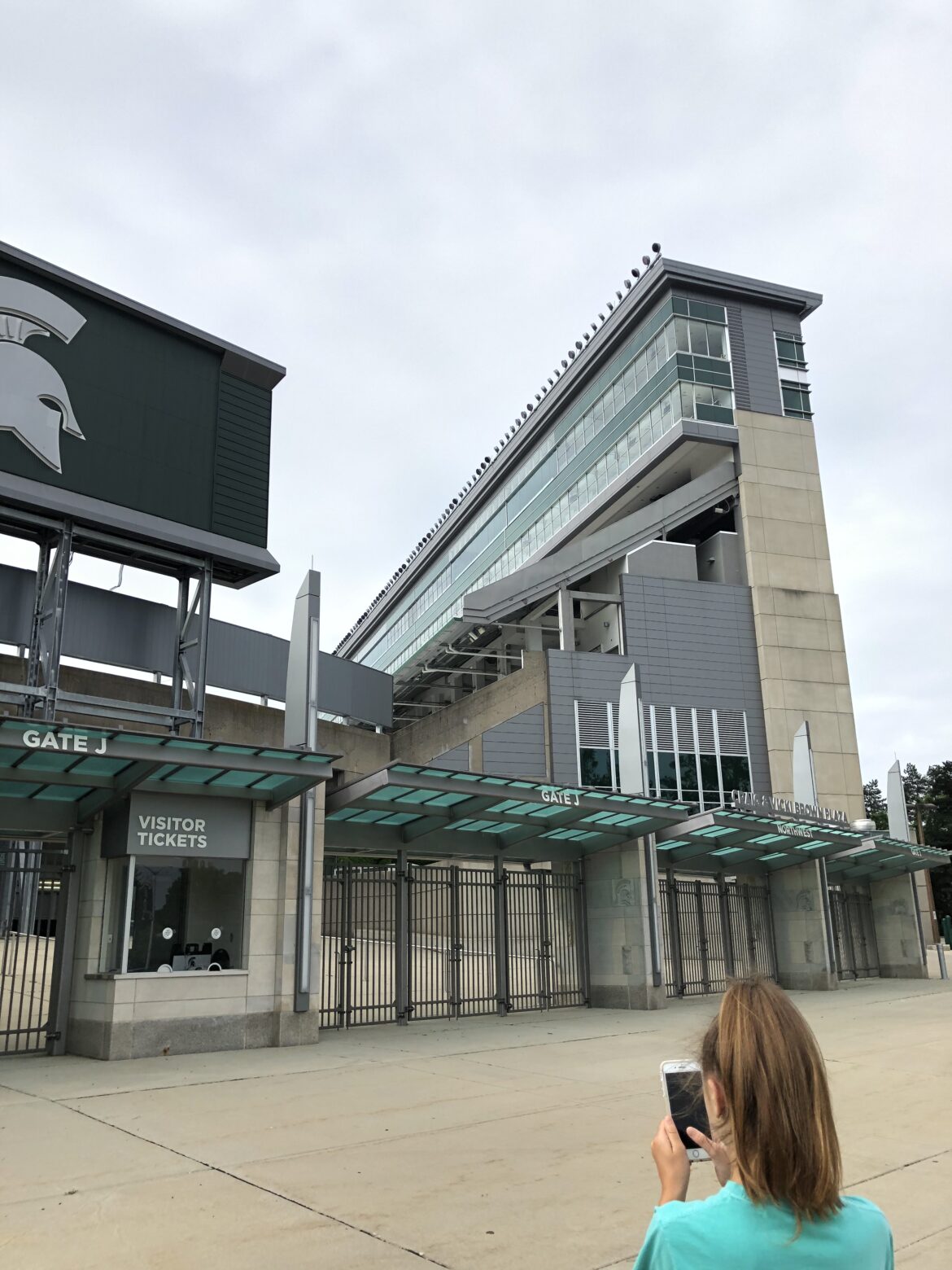College athletics bring an immense amount of wealth into Universities and the towns surrounding them. For many universities like Michigan State, football brings in the majority of this revenue. According to financial reports released by all conferences, the average FBS football program brings in around $20 million annually. The highest-grossing conferences are the Big Ten and SEC, with their teams bringing in an average of $35 million.
As an increase to this financial windfall for universities, The Big Ten Conference announced a seven-year, $8 billion deal with FOX, CBS and NBC in August last year. Each university in the conference, including MSU, will receive between $80 million to $100 million each for broadcasting rights to their games.
This influx of money and potential audience for college football games not only provides revenue to the universities as well as businesses surrounding the universities.
“Game days are huge for us, cover goes up to $40 when football is in town,” said Brett Morgan, an employee at Harpers Brew Pub in downtown East Lansing. “The bar is filled to the brim with alumni and students. Our tips see a massive increase.”
The Big Ten deal will only increase business. These network deals have also created the current conference realignment. USC, UCLA, Oregon and Washington will also join the Big Ten next season and will reap the benefits of the network deals.
MSU has yet to announce its plans for the increased funds. However, the university released its Vision 2050 report in December last year, which outlines several campus improvement projects, including upgrades to the east side of Spartan Stadium and expansion of the Tom Izzo football building. Whether funds for these athletics projects will come from the Big Ten deal is still unclear.
Some students at MSU hope to see the profit made off of these network deals spread equally throughout campus.
“I would like to see the university put the funds into residential halls on campus,” said Abby Jordan, a sophomore at Michigan State. “I understand that the athletics are a big deal, but the dorms are old, and extremely run down.”
Michigan State’s 2050 plan does show expansion to both residential halls and educational buildings, as well as athletics projects. Currently, the university has begun to build a new student fitness and wellness center and a multicultural center, which are both a part of the 2050 Vision plan. Students as well as local businesses will have to wait and see how these new funds will improve campus projects and benefit the community.


